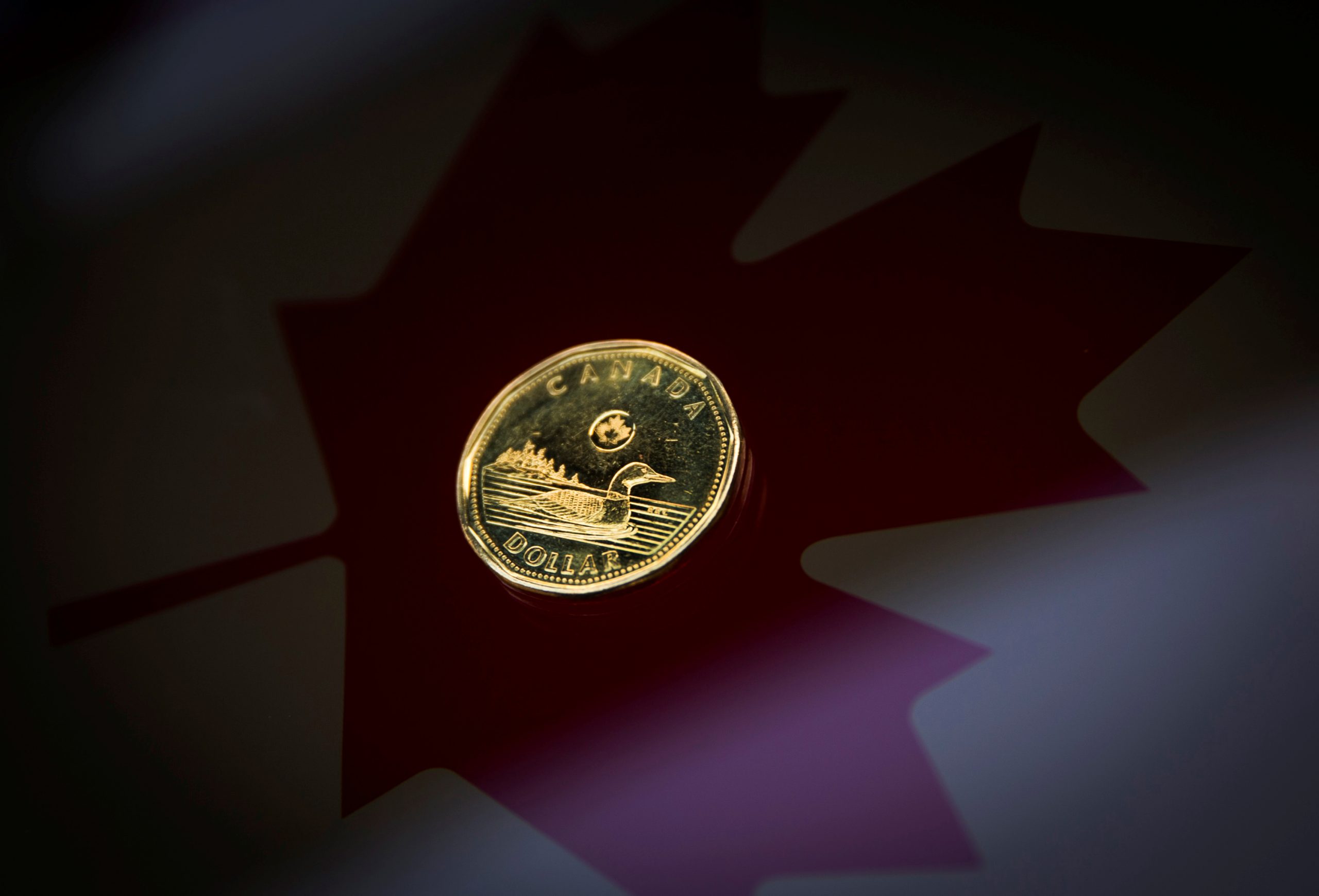By Fergal Smith
TORONTO (Reuters) – The Canadian dollar weakened to a one-week low against its U.S. counterpart on Tuesday as rising global COVID-19 cases weighed on oil and global equity markets, while investors awaited a Bank of Canada interest rate decision.
The loonie was trading 0.7% lower at 1.2620 to the greenback, or 79.24 U.S. cents, its largest decline since Feb. 26. It hit its weakest intraday level since April 13 at 1.2623.
“The Canadian dollar has retraced early gains to join commodity currencies in trading lower as its relationship with oil snaps back into the limelight,” said Simon Harvey, senior FX market analyst for Monex Europe and Monex Canada.
The price of oil, one of Canada‘s major exports, pulled back from one-month highs on fears that India, the world’s third-biggest oil importer, may impose restrictions as coronavirus infections soar.
U.S. crude oil futures settled 1.5% lower at $62.44 a barrel, while Wall Street’s main indexes fell for a second straight day.
Among G10 currencies, only the Norwegian crown fared worse than the loonie. Norway is also a major oil producer.
On Monday, Canada‘s federal budget projected billions in new spending to provide emergency support during a third wave of the pandemic.
“The new spending is an upside to growth and could lead to the Bank of Canada raising rates earlier or faster than otherwise,” Adam Cole, chief currency strategist at RBC Capital Markets in London, said in a note.
Canada‘s central bank has signaled it would leave interest rates at a record low level of 0.25% until 2023. It is due on Wednesday to update its economic forecasts and could cut the pace of bond purchases.
Canadian government bond yields eased across a flatter curve. The 10-year fell 4.5 basis points to 1.510%, pulling back from an earlier three-week high at 1.586%.
(Reporting by Fergal Smith; Editing by Bernadette Baum and Marguerita Choy)
Related
























